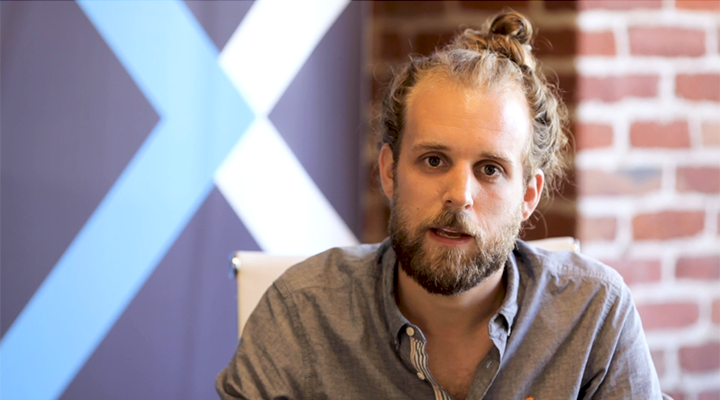As Featured on Forbes
HOW TO
How to overcome user barriers on your service offerings.
Be very specific about the action you want users to take.
What exactly are you trying to get them to do? Not what goal are you trying to reach, but what specific behavior or action do you want users to take?
For example, a specific action for the users of these fintech companies might be to pay off $100 of their credit card debt balance each month on payday and not the more generic goal of improving their credit score.
When you’re answering this for your own business, bypass vague outcomes in favor of specific and measurable ones.Don't say that you want users to: Do say you want users to: "Improve users' credit scores." "Pay off $100 of users' credit card debt every payday." "Eat healthier." "Eat salad for lunch on Tuesdays and Thursdays." "Have greater retention on our app." "Like photos, upload photos and comment on photos in your app." Why? These goals are too vague. Why? These goals are specific. -
Take a walk in their shoes.
Look at what the user has to go through along his or her journey. Can you see any places where they might drop off? What can you do to either remove or reduce that barrier, or showcase the benefits of overcoming it when the user gets there?
Some ways you can remove common barriers:
- Pre-populate. Pre-populate the enrollment form with data you already have so it’s easier for users to finish.
- Reduce the number of options. When there’s an overload of choices, people give up. Keeping it simple keeps the momentum.
- Implement transparency of process. When you just can’t avoid having a lengthier process, let users see how far they’ve come and what percentage is left. This can feed into a sense of commitment and consistency.
Ease the way.
Unfortunately, as companies in the world of finance are discovering, some barriers take more effort to remove. For many of these users, the biggest barriers around money are the perpetual struggle between “current me” and “future me.” That is, users know they have debts to pay off and may even have good intentions to do so. But with so many other temptations around, it’s not always easy to stay the course. One technique considered with my mentee, Debitize, a company that helps people use their credit card more responsibly, was to ask users to pre-commit to automatically using their tax returns for paying off credit card debt. By shifting how we think about a sudden windfall, we can make healthier choices about finances. The key to helping users avoid backpedaling and giving into the demands of "current me" is to set it up so that as soon as their refund money hits the bank, it’s automatically applied toward paying off their credit card debt. In this case, no pain translates to more gain.
One of the biggest takeaways from the fintech conference that I’d like to share with you is also an obvious one: These Behavioral Science interventions are not static, set-it-and-forget-it measures. Since it is a science, it does require testing. To know which interventions are yielding results and which ones need adjusting, you need to run experiments and do some A/B testing. But whatever your field or your level of commitment to scientific testing, it’s critical to understand what it’s like for your users along their journey. What steps can you take to remove barriers? The more you can ease their way, the likelier it is they’ll stay.
Recently, leading behavioral economist Dan Ariely and Common Cents Lab invited 23 major fintech companies to discuss using technology to increase people's financial wellbeing. Attendees included everyone from well-known giants like PayPal and Lyft to the quickly expanding Etsy and NerdWallet. As a selected mentor, my role was to help my mentees understand and apply this framework to their own products.








